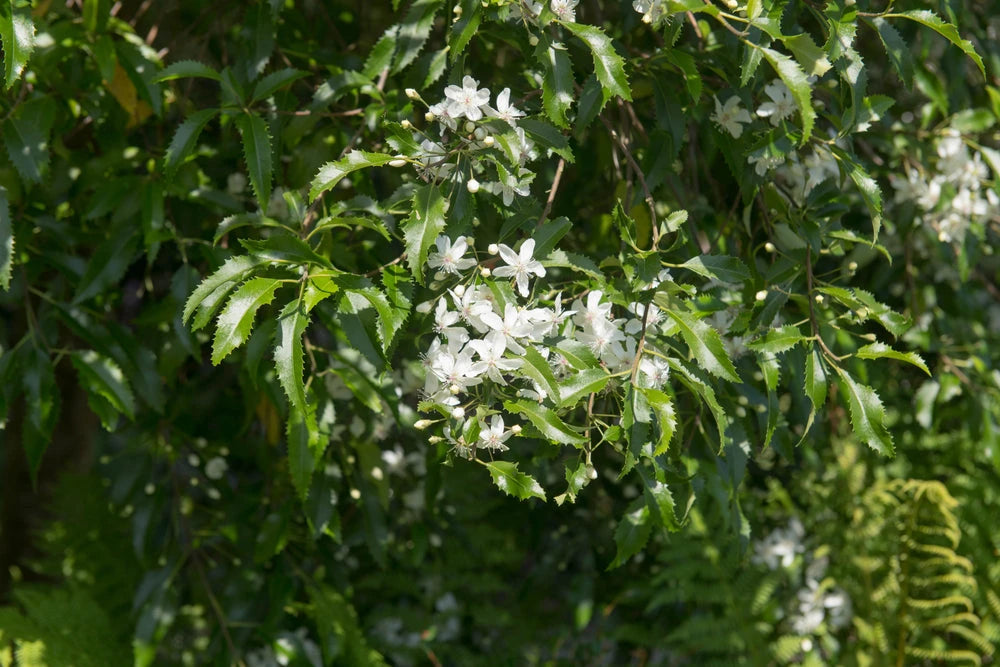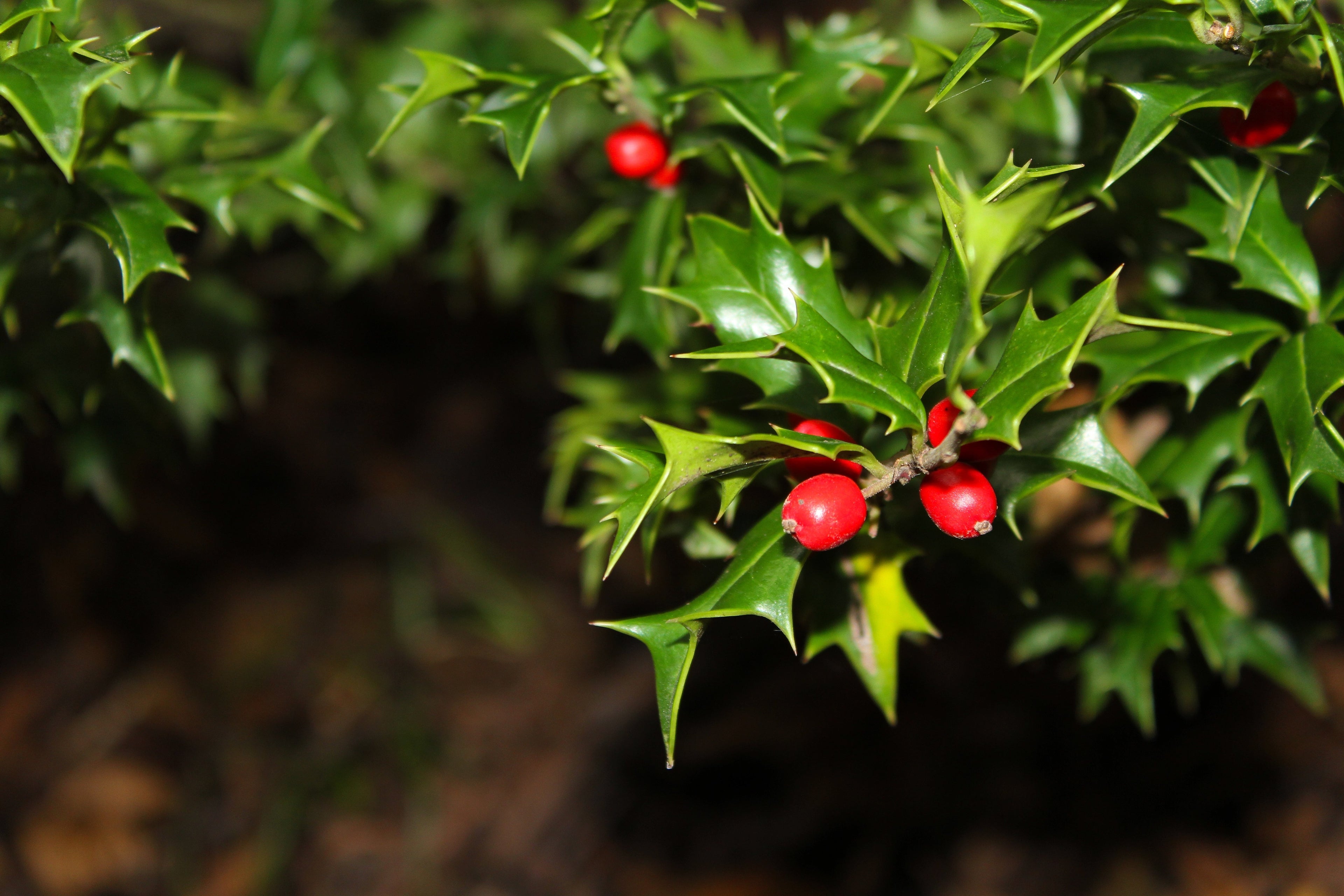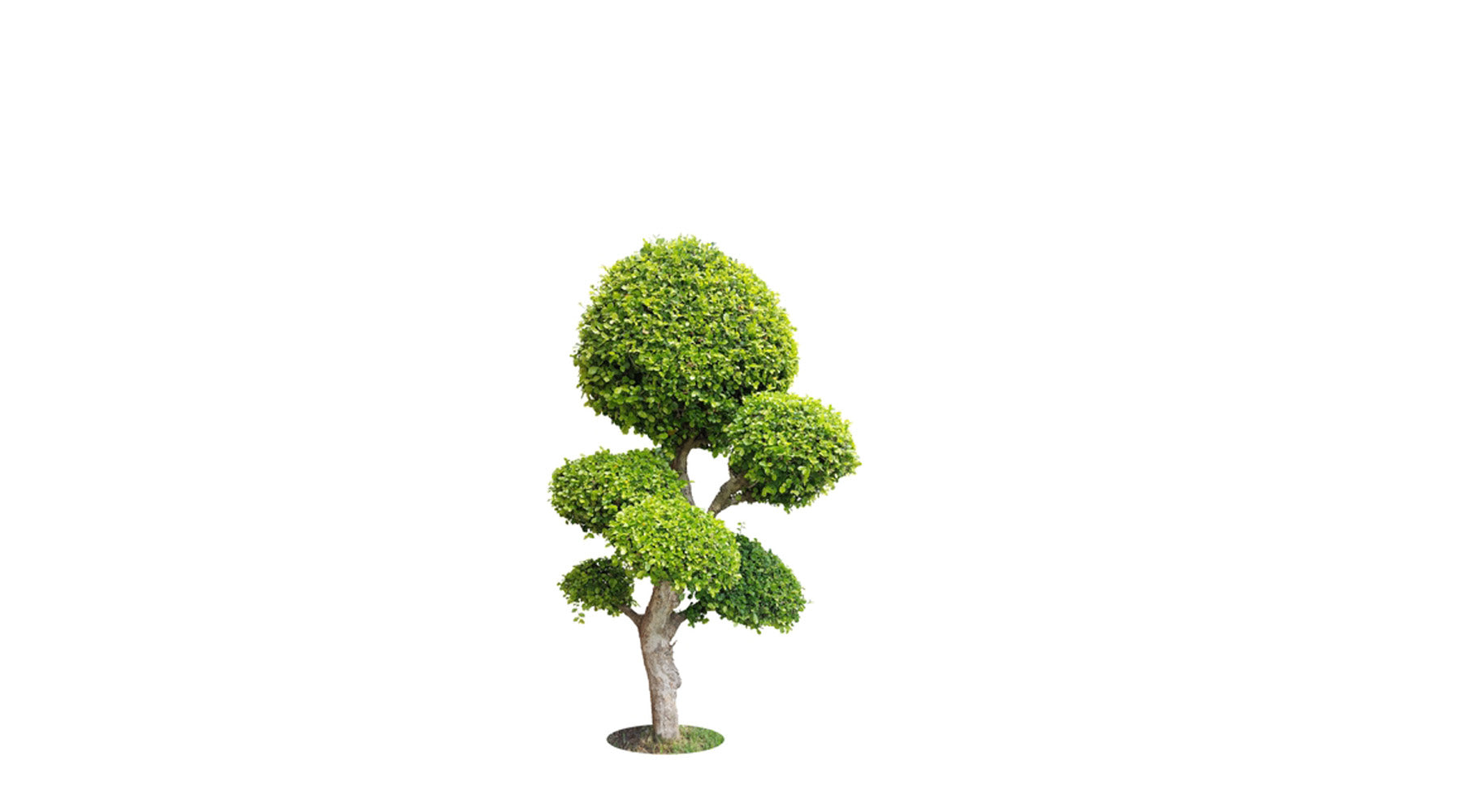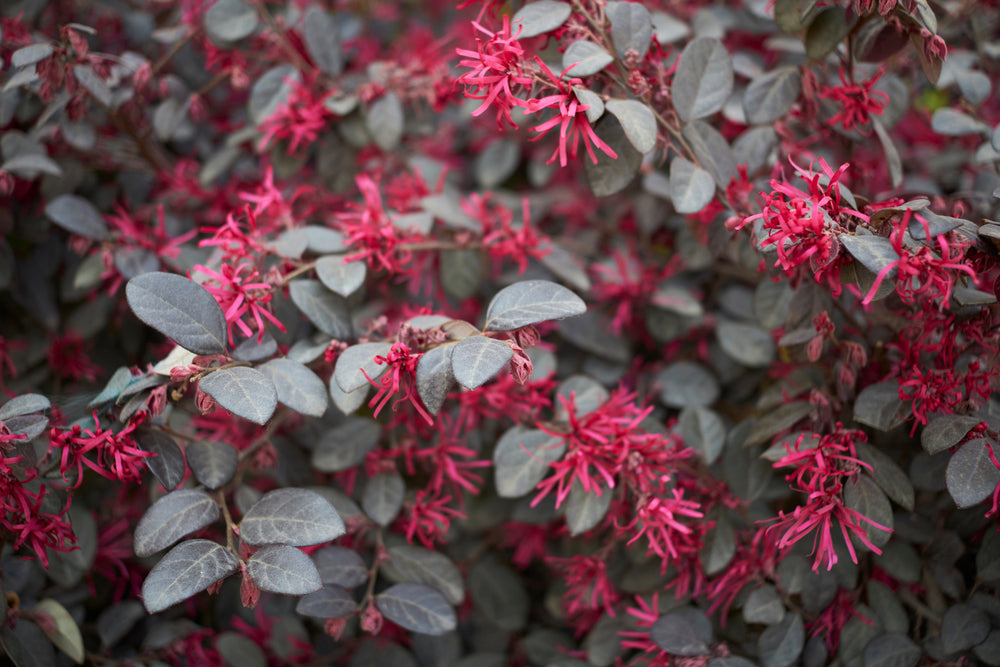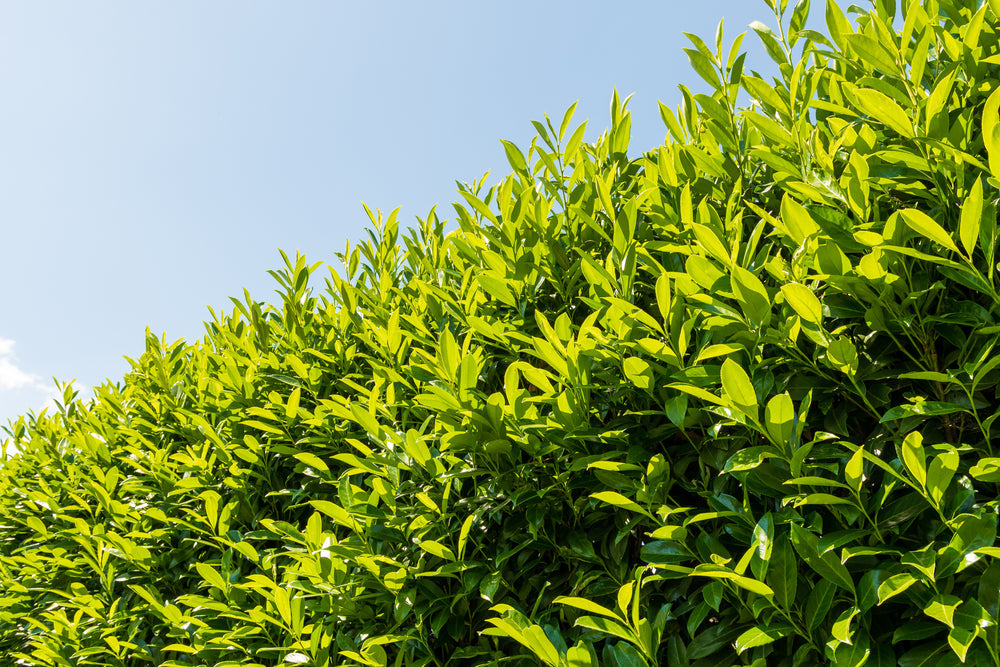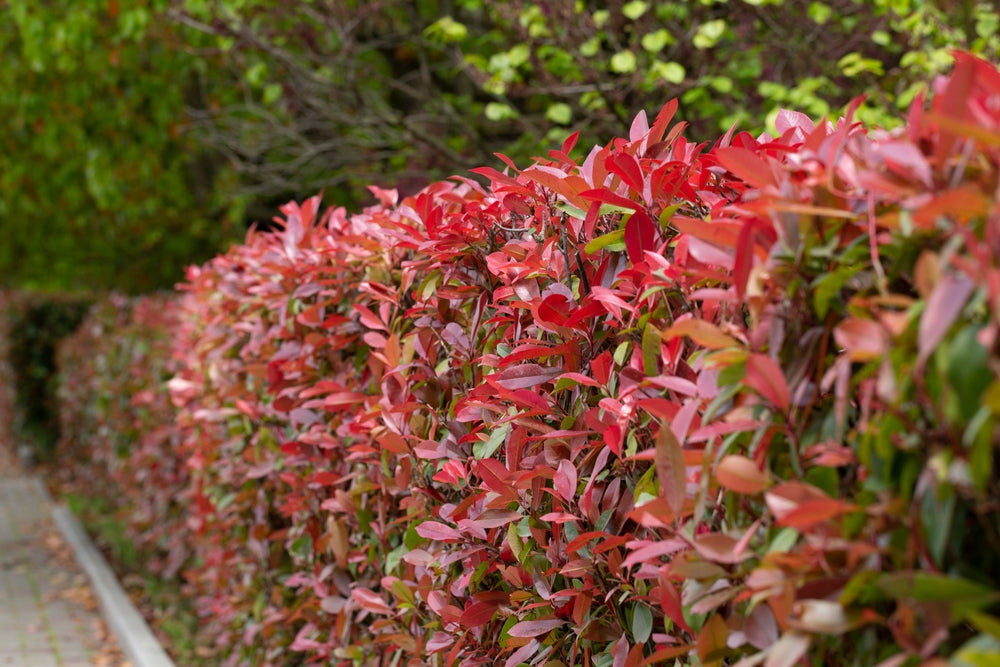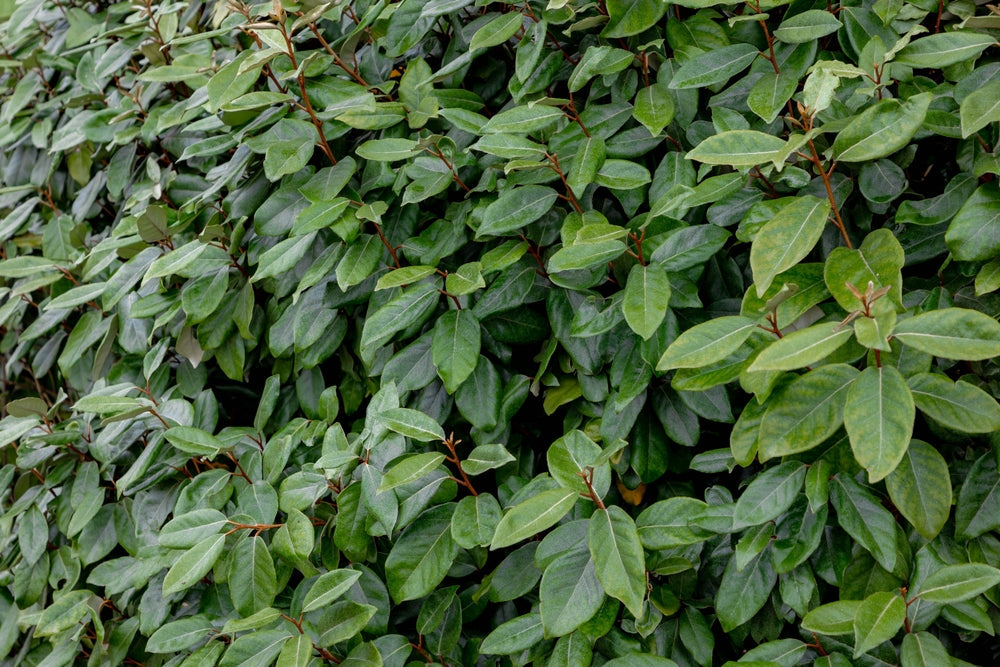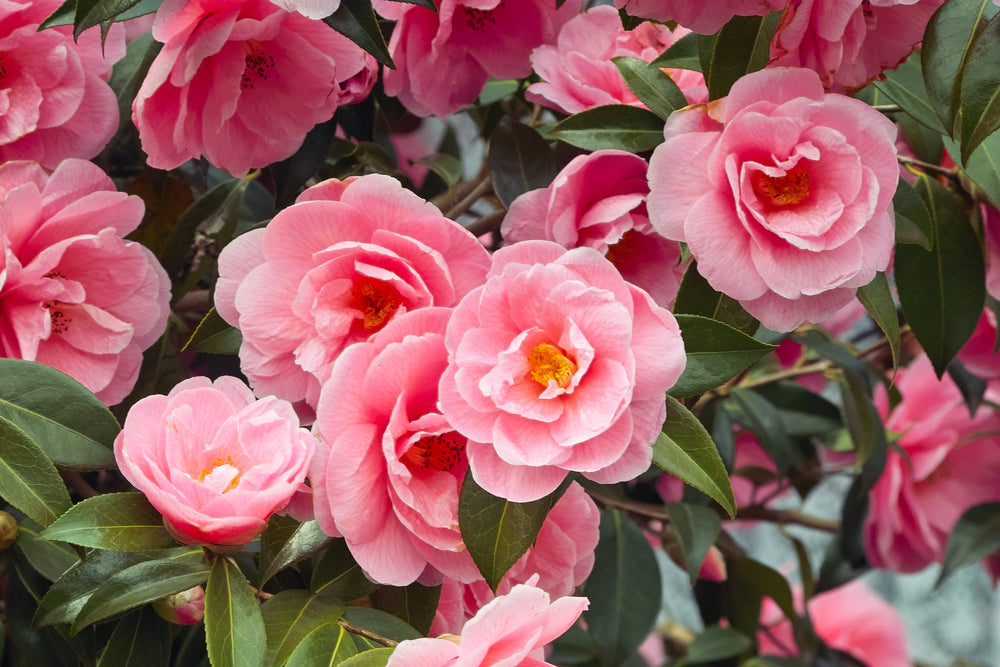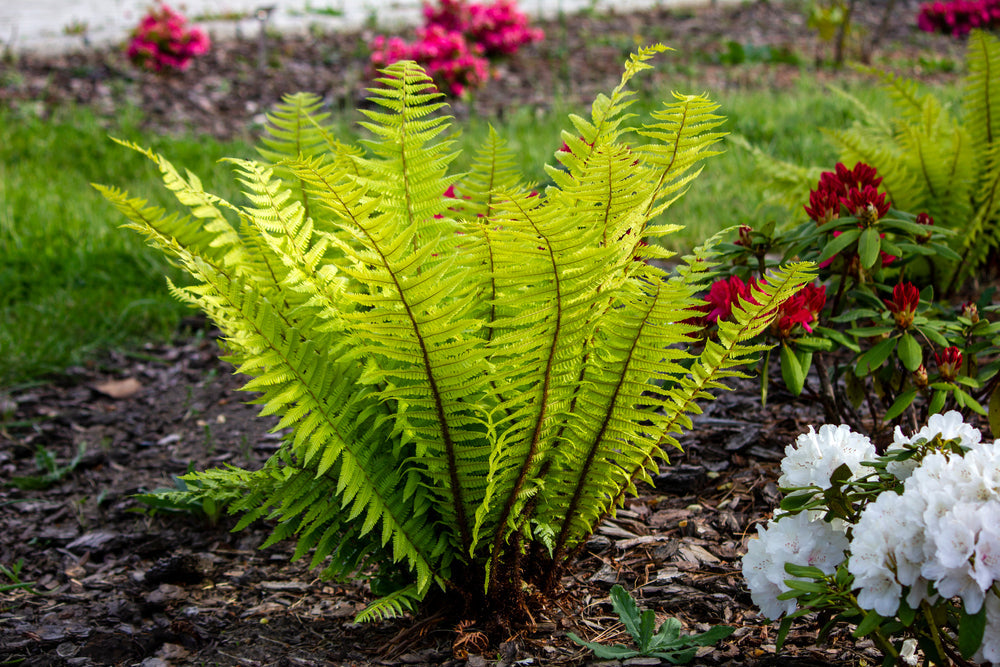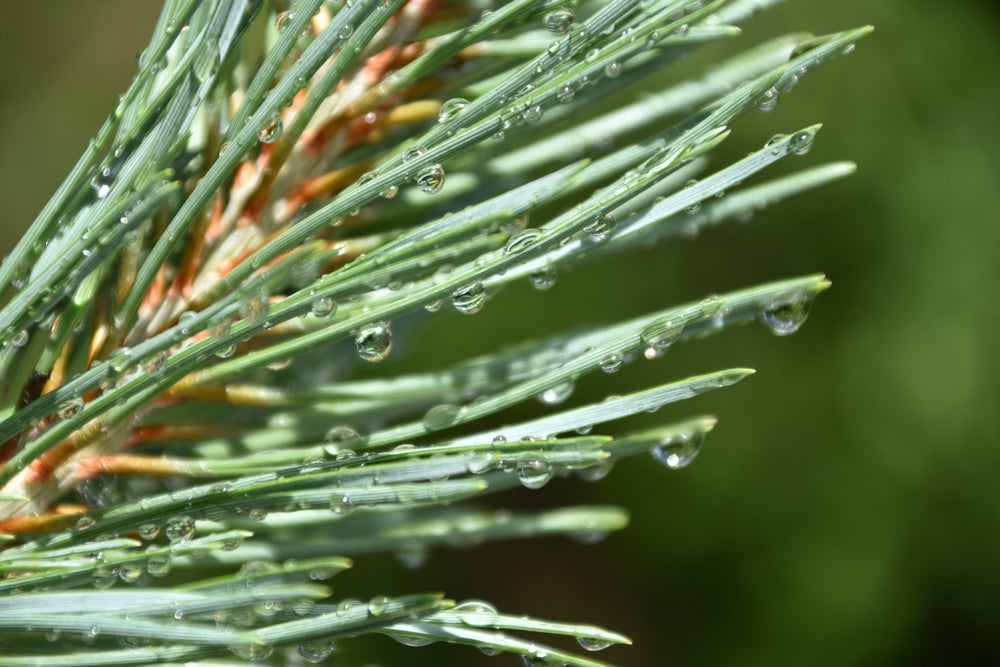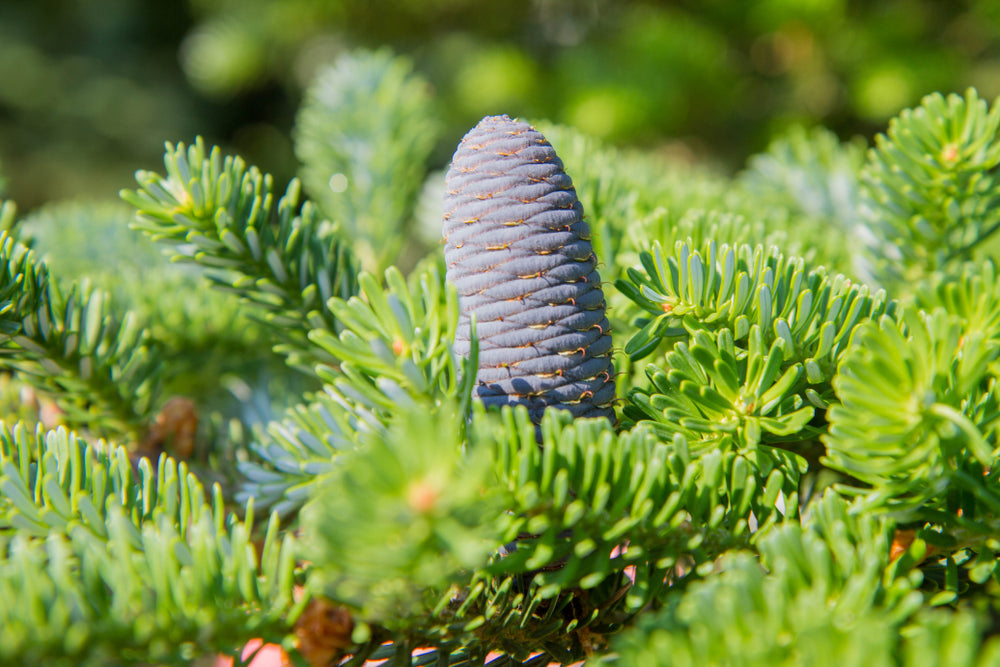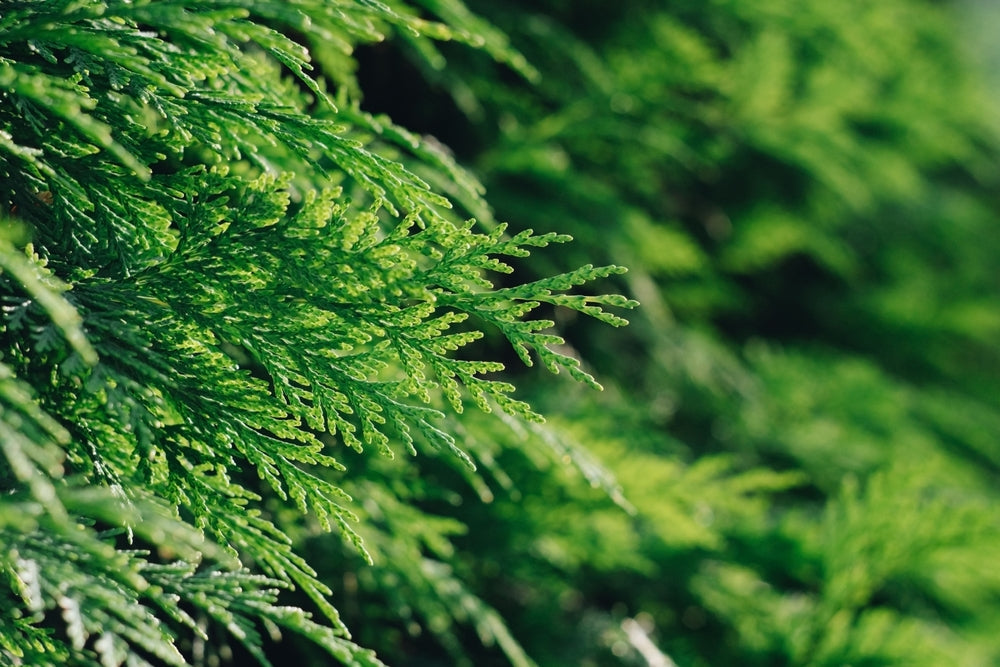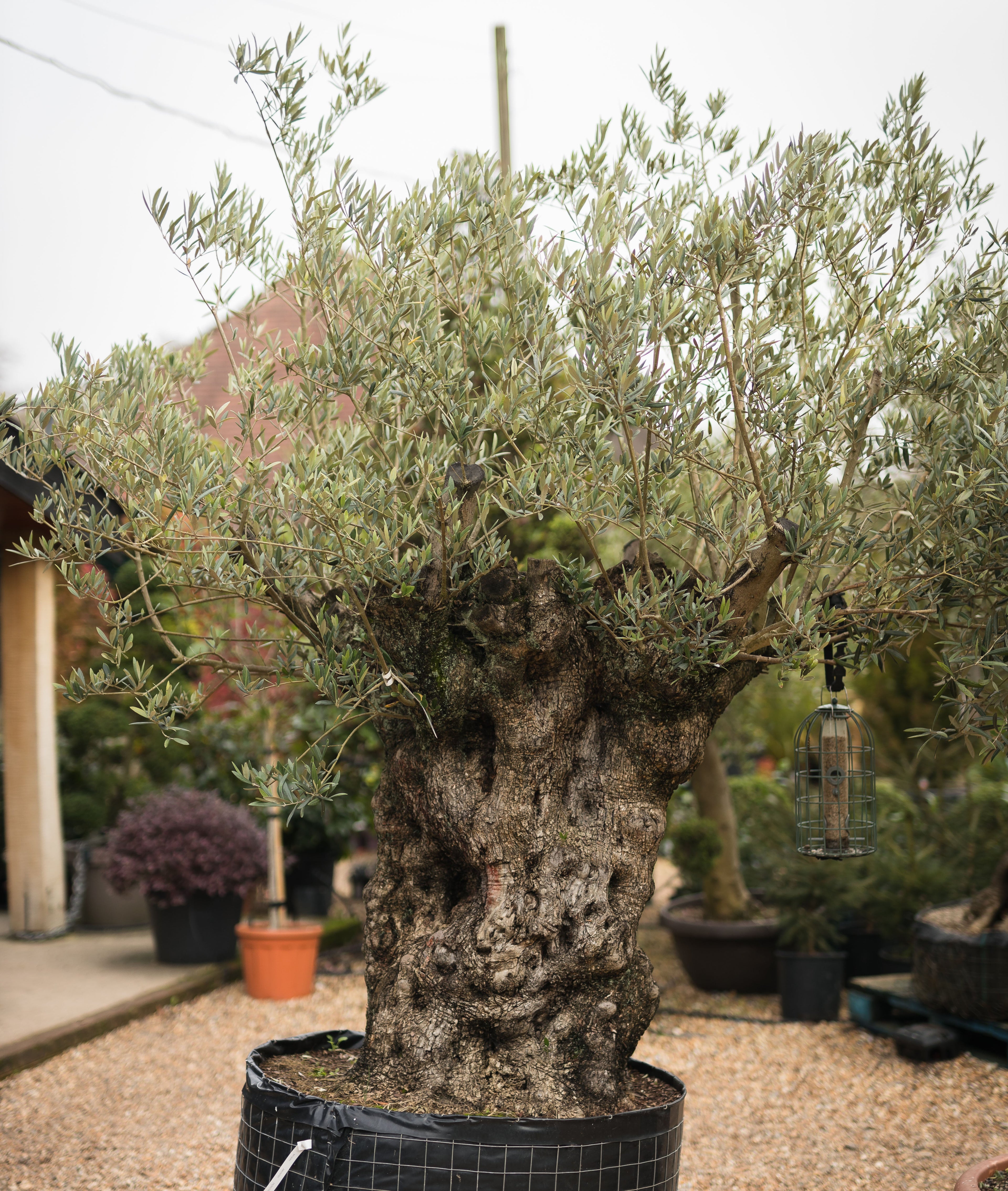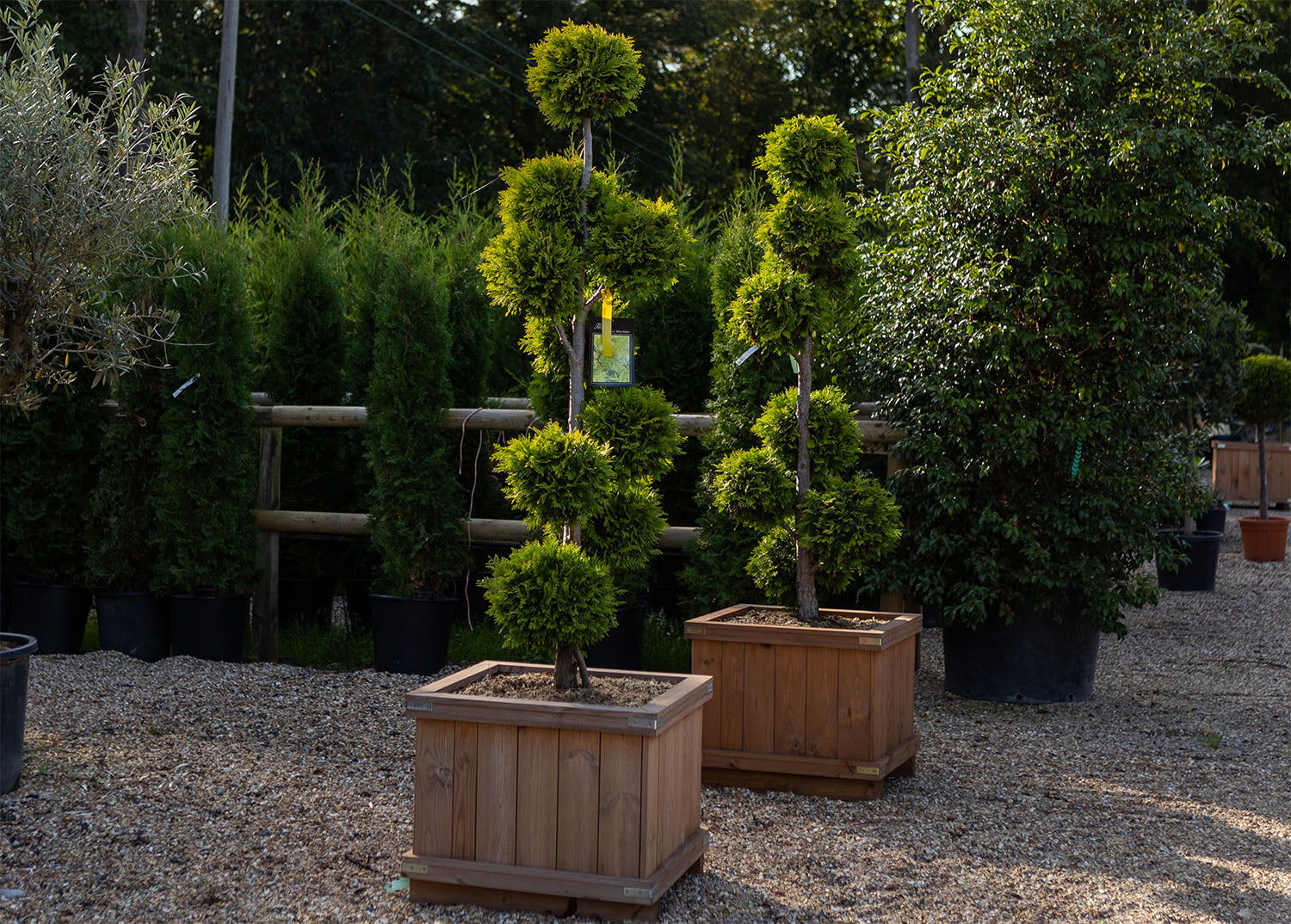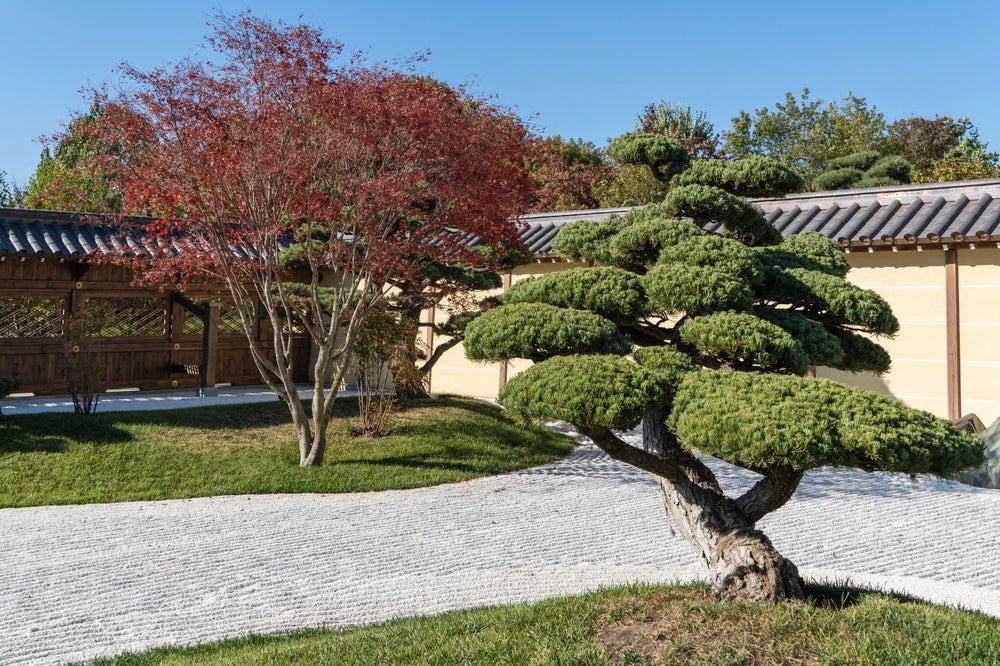
Trees to encourage garden wildlife
Now that the majority of leaves have fallen from the deciduous trees, the berries are very conspicuous and it reminds us that they are there to serve a very important role over the winter months for our wildlife.
Over the winter months, our trees and hedgerows will provide a vital food source for our birds, insects and mammals. Planting an appropriate tree or hedgerow in your garden will not only benefit our wildlife to ensure its survival, but you will also be rewarded by being able watch the wildlife flourish in your garden. If you don’t have a large garden, you could consider planting a tree in a large container.
Trees benefit wildlife all year round
It is not only during the winter months that we should consider what a valuable asset a tree is to wildlife. During the spring and summer when the trees are coming into leaf, insects will be attracted to them. Birds raising chicks will pick off the insects to feed their young. This is a natural way of keeping the insect population down and it alleviates the need to use sprays. Over the years, we have erected many bird boxes at Arundel Arboretum to encourage bird life as much as possible. This method has resulted in us never having to spray our stock against an insect infestation.
Buying a tree to encourage wildlife
There are a number of things to consider when buying a tree to benefit wildlife. A thorny tree would be good as a nesting site, as this will provide extra protection for nesting birds from squirrels raiding their nests. It is always wise to consult your local tree supplier for the best advice on what would be suitable to plant. Here at Arundel Arboretum, we are passionate about wildlife and some trees to consider include:
Amelanchier ‘canadensis’ is a small deciduous tree with green foliage, which turns yellow-red with orange-copper tinges in the autumn. Amelanchier ‘canadensis’ has masses of small white, fragrant flowers, which appear in April and May. These are followed by red-green fruits in the summer, which eventually turn black. Amelanchier ‘canadensis’ is suitable for most soils, but it is best to avoid chalky conditions. It will thrive in full sun and partial shade.




To encourage wildlife further, you could also consult your tree supplier for advice on planting a native hedge. Hedges provide food for many birds, animals and insects. Your hedge will provide a nesting place for birds, and hedgehogs can shelter at the bottom of the hedge. You may even be lucky to find wood mice further up in the branches.
We would recommend your native hedge mix include: Crataegus monogyna (Hawthorn), Acer campestre (Field Maple), Prunus spinosa (Blackthorn), Fagus sylvatica (Beech), Euonymous europaeus (Spindle) and Viburnun opulus (Guelder Rose). This mix will provide a good food source for wildlife.
Arundel Arboretum, your local tree supplier, will be happy to assist and advise you on the best trees and hedging plants to incorporate into your garden plans in order to encourage wildlife.
Share




















